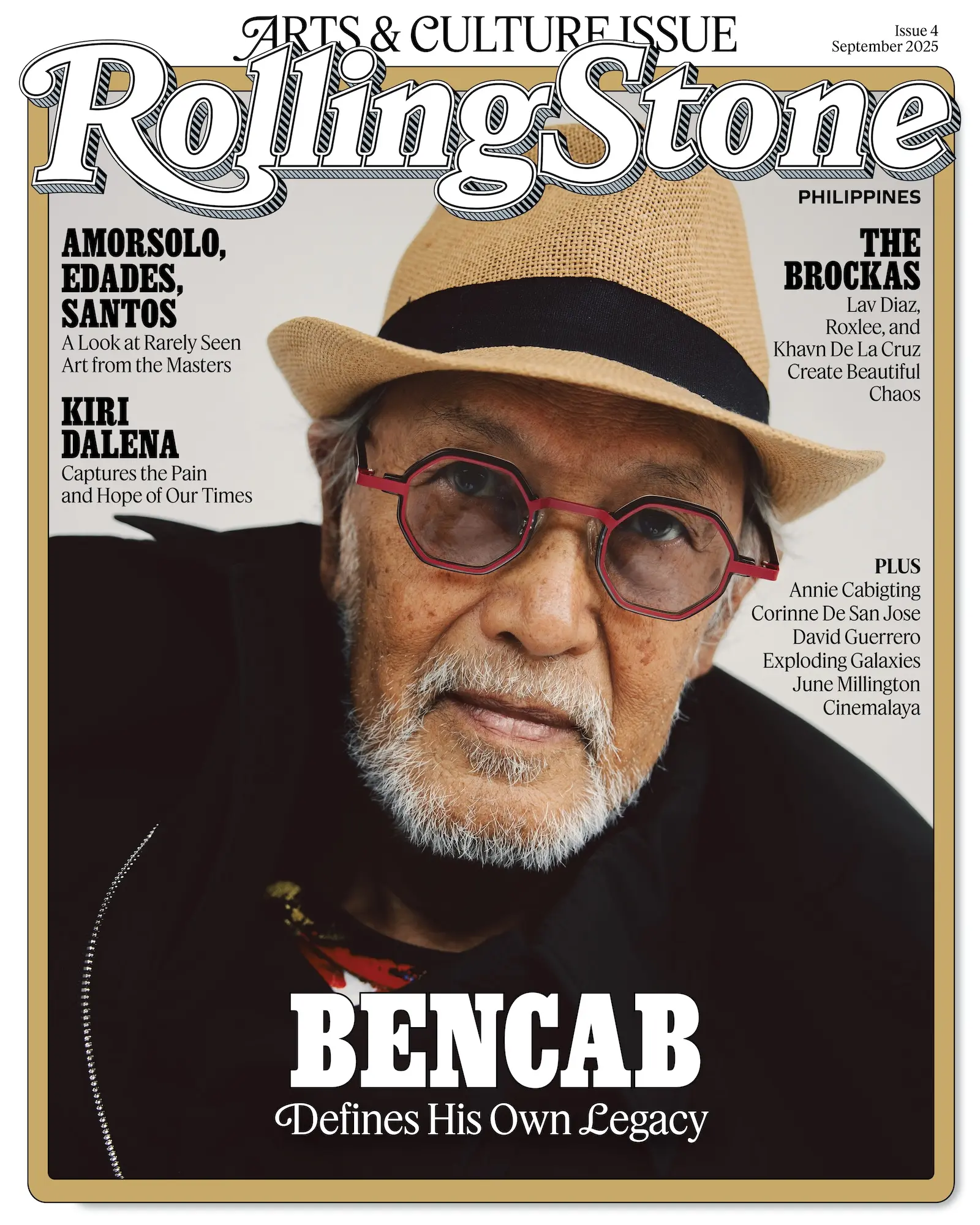When Nina Girado, then only 25, decided to record a live covers album inside PHI Resto and Bar in Metrowalk Pasig on January 30, 2005, no one could have predicted the cultural force it would unleash. The OPM scene was not prepared for how one intimate night of music would echo across the country for years to come. Nina Live! was a live album that reshaped the way Filipinos thought about covers, redefined “show band” culture, and left behind a sonic landmark that still plays on radio stations, jeepney playlists, and karaoke machines two decades later.
By the mid-2000s, Nina was already “Asia’s Diamond Soul Siren,” her crystalline tone and whistle register setting her apart in a field that was often crowded but rarely this precise. Industry insiders pegged her as one of the artists responsible for popularizing the acoustic wave in mainstream OPM. Yet nothing in her discography before Nina Live! hinted at the cultural aftershock that would come from it. The live album was, to many listeners across different generations, the ultimate OPM live record. But it also captured something wider: an era of acoustic nights, stripped-down showmanship, and unfiltered vocal strength.
At the time, she was coming off two successful albums: Heaven, released in 2002, established her as a promising R&B voice, lacing her delivery with contemporary urban flourishes. Her sophomore album, Smile, released in 2004, kept her on the charts and demonstrated her adaptability. Both albums leaned into slick production and the R&B-pop aesthetics of their era.
Yet, Nina sensed a different path. She convinced her label, Warner Music Philippines, in the same period of the live album’s release, to let her return to her roots, unashamedly revisiting the very repertoire that made her voice a staple in clubs and lounges. In hindsight, the risk was extraordinary: betting a career on covers when original material was the expected route. But Nina and The Essence band understood their instrument and the audience.
In the first few tracks opening the album, particularly in the first runs of “Sweet Thing,” she created a new category of performance. Then, without warning, the second track arrived: Julia Fordham’s “Love Moves in Mysterious Ways.” With that cover, Nina planted her flag in the zeitgeist. The cover was claimed, reframed, and woven into the cultural memory of Filipino listeners. Other performances pushed her into rarified air; Chaka Khan’s “Through the Fire” was delivered as if her entire artistry hinged on its crescendo. By the time she reached the song’s final stretch, she had proven she was a vocalist of consequence, capable of taking a standard and turning it into a personal anthem.
Read the full story and more in the Arts and Culture issue of Rolling Stone Philippines. Order a copy on Sari-Sari Shopping, or read the e-magazine here.





